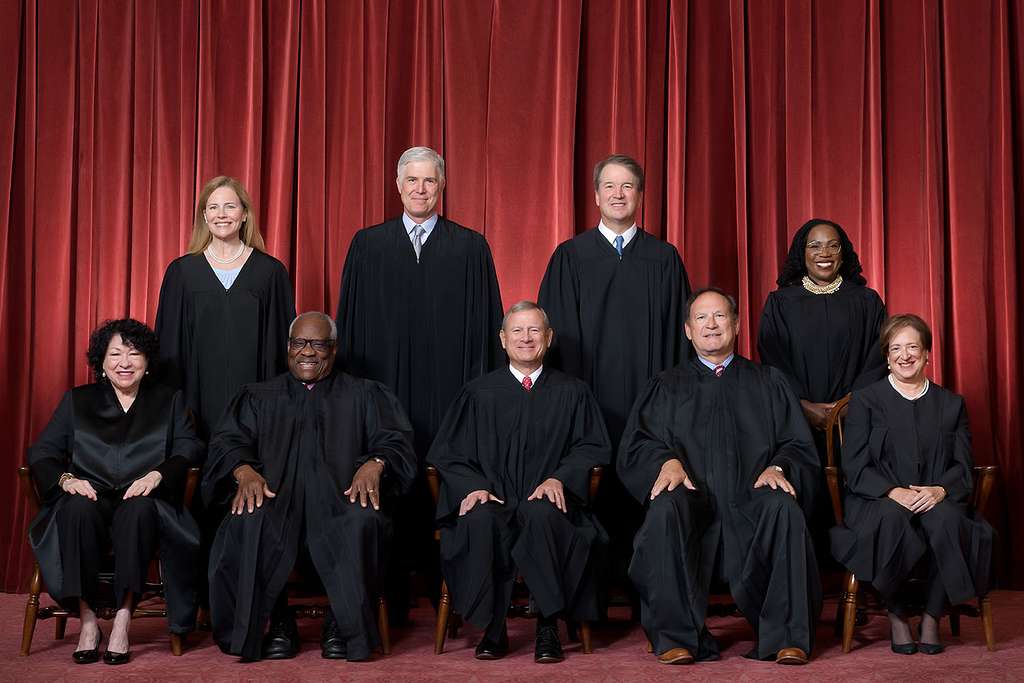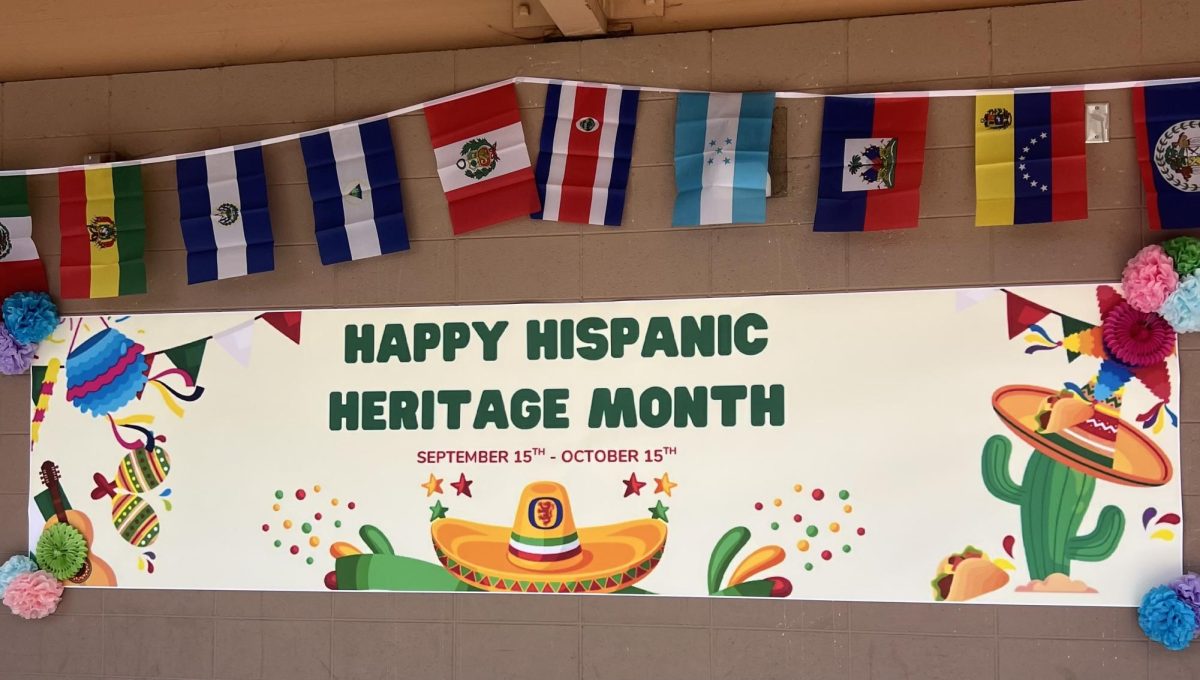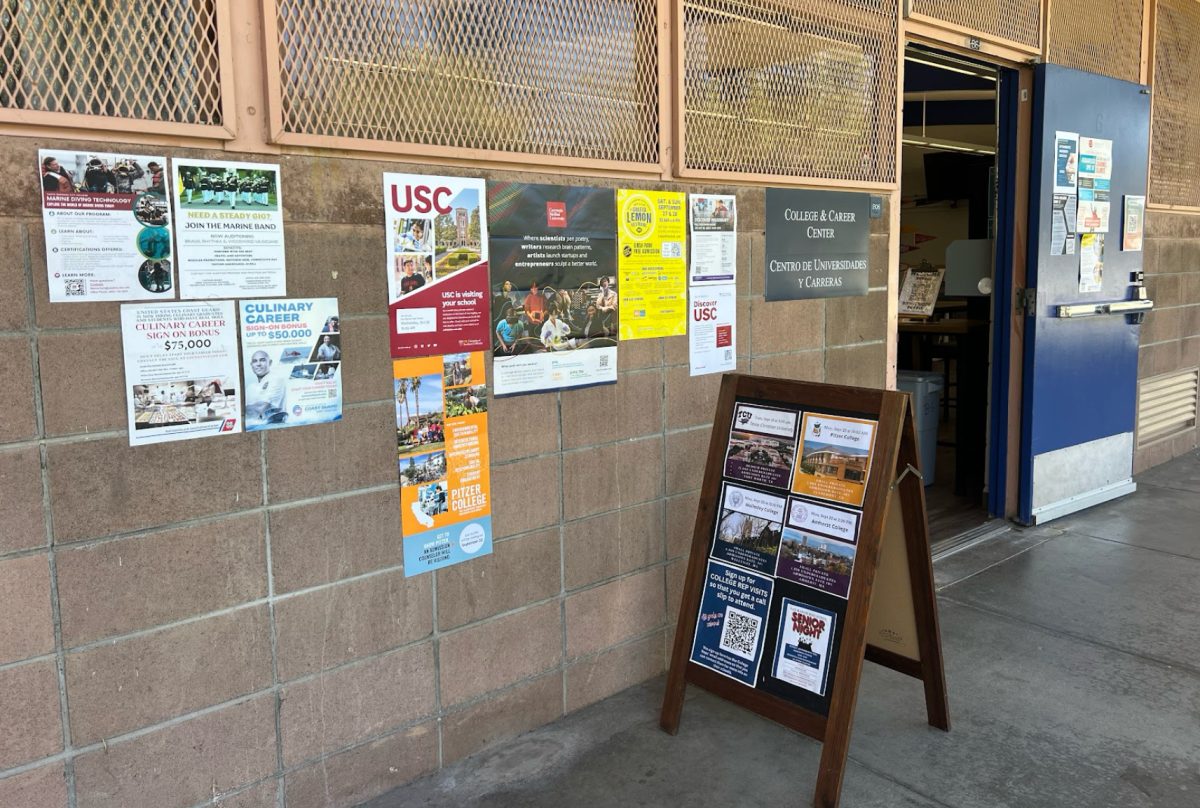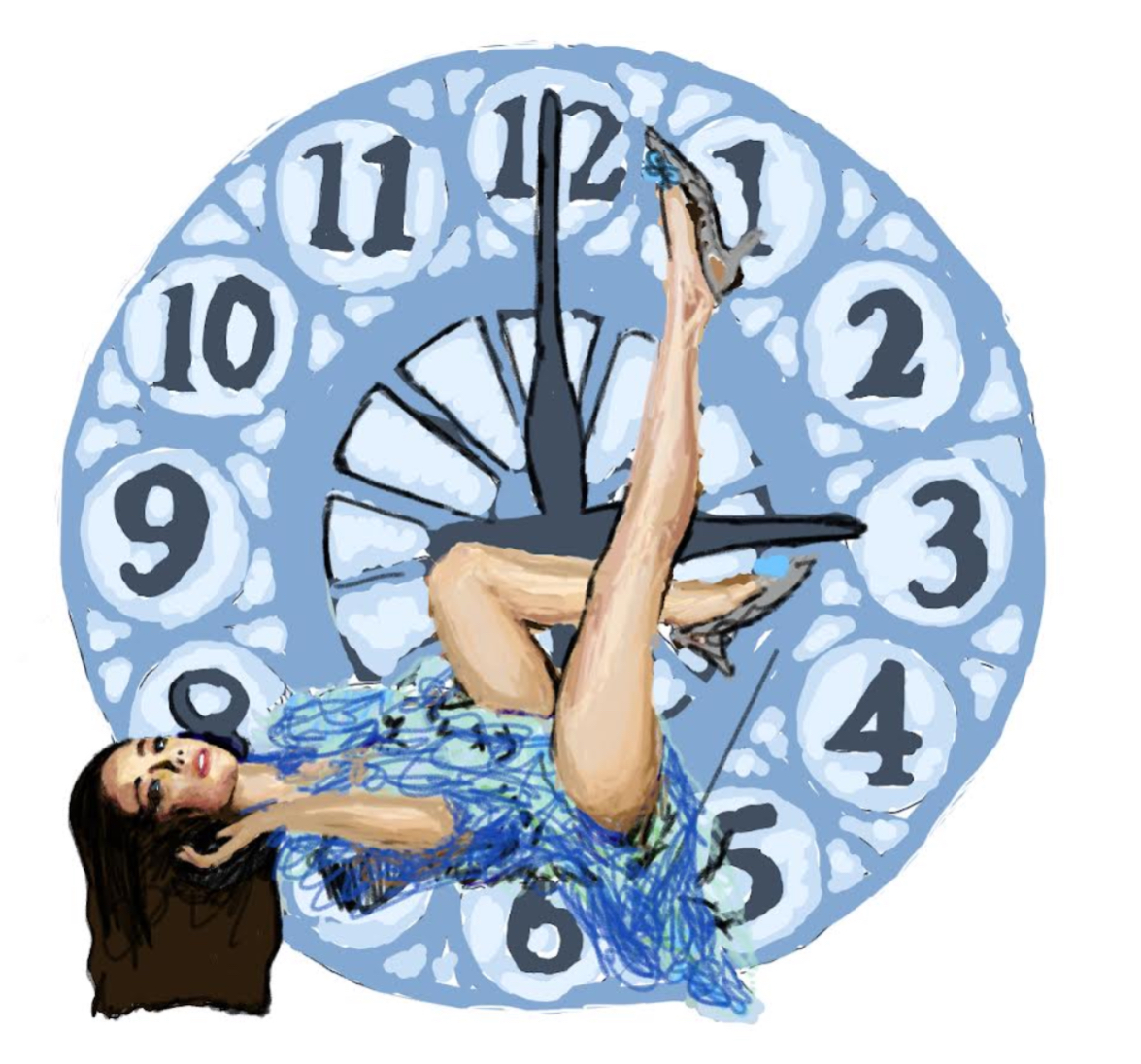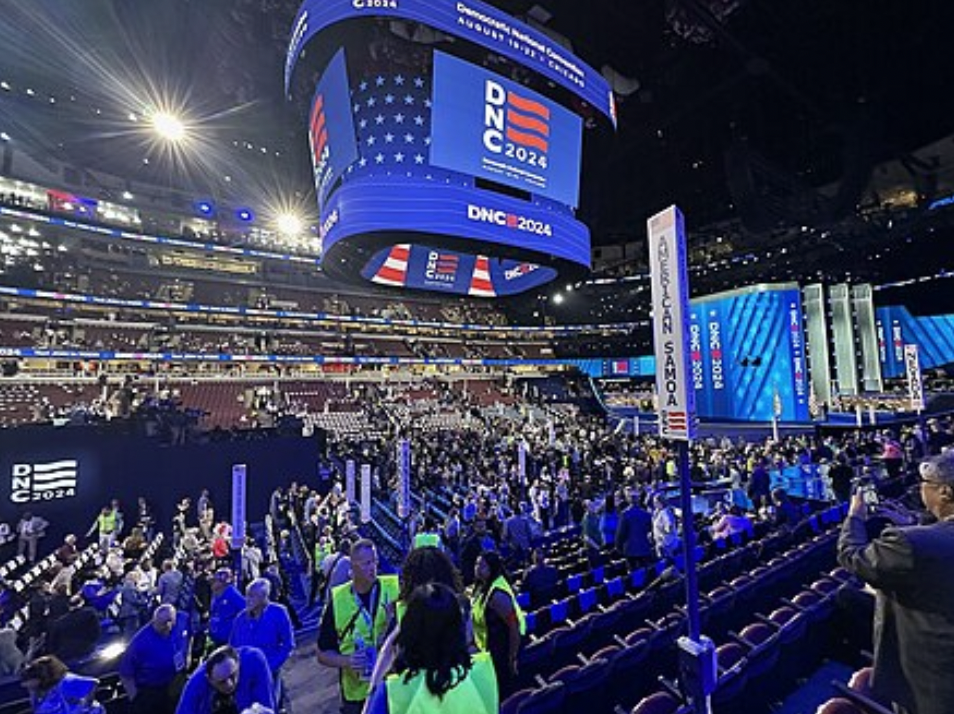The DNC was a week ago, and the unofficial motto seemed to be “ Hope and Joy”.
Stevie Wonder performed “Higher Ground” to a packed audience, Tim Walz spoke about “the politics of joy, the politics of the possible” to thunderous applause, and the Georgia delegation beckoned Lil Jon to the stage to perform “Turn Down For What?”.
It feels as though what was once a doomed campaign with President Biden has suddenly become the slight forerunner. And although things are still far from great for the Democratic Party, the contrast is palpable. Comparisons to 2008, the year Obama won by more than 360 electoral votes, were not hard to find. The energy was electric.
But as the odds of a second Trump term seemed to be diminishing, there was something throughout the convention that irked me; is there a coherent message to any of this?
When Bernie Sanders loudly decries the power and influence of billionaires and is immediately followed by a billionaire, what message does that send? When Democrats point out Trump’s history of sexual abuse and yet choose to invite Bill Clinton (a known associate of Jeffery Epstein whose sexual assault allegations span decades), what message does that send? When Kamala Harris speaks of the “Palestinian right to self-determination” when previously that evening Josh Shapiro spoke, a man who has claimed that peace in the Middle East isn’t possible because Palestinians are too “battle-minded”, what message does that send?
I think that this gets at a much more fundamental question of this campaign, which is; what are Tim Walz and Kamala Harris’ actual policies? As of August 29th, Harris has not held a single press conference or interview since she took the reigns of the campaign, limiting what we know to what her campaign has chosen to divulge. We know that they support federally legal abortion, an assault weapons ban, aid to Ukraine, and (to an extent) unions, but on many major issues, they’re fuzzy.
When then-senator Harris ran for president the first time in 2020, she supported a national Medicare-for-All program. Now, her healthcare policy boils down to pointing out that Pres. Biden brought down Insulin prices for Medicare users.
On Israel, she seems more willing to talk about and sympathize with Palestine than the President, but her actual policy position on it is a mystery. It’s a similar situation with the southern border, the homelessness crisis, and nuclear energy.
As a Senator, Kamala Harris voted in line with Bernie Sanders more often than anyone else. As Governor, Tim Walz has gained a reputation as one of the most progressive politicians in the country. But now that they’re running a campaign which is effectively an extension of the current, moderate government, they’re forced to face an unfortunate dilemma of either disagreeing with the current administration, drawing attention to it’s failures and drawing ire from the Establishment and President alike, or to tow the party line, and risk being associated with unpopular Biden policies (like his positions on the border, the economy, and Gaza).
So for the time being, the party has opted to go for the “Hope and Joy” strategy. And while the aesthetics are great,there’s only so far a campaign can go on just vibes. The Democratic Party eventually needs to have a coherent and clear plan for what a Harris presidency would look like, beyond just “better than Trump”. That was Clinton’s campaign in 2016, and we all saw how that turned out. As of right now, Harris is more popular than Biden, but if she doesn’t do more to distinguish herself, that may not last. There’s only so much a new paint job can do to sell the same old car.


